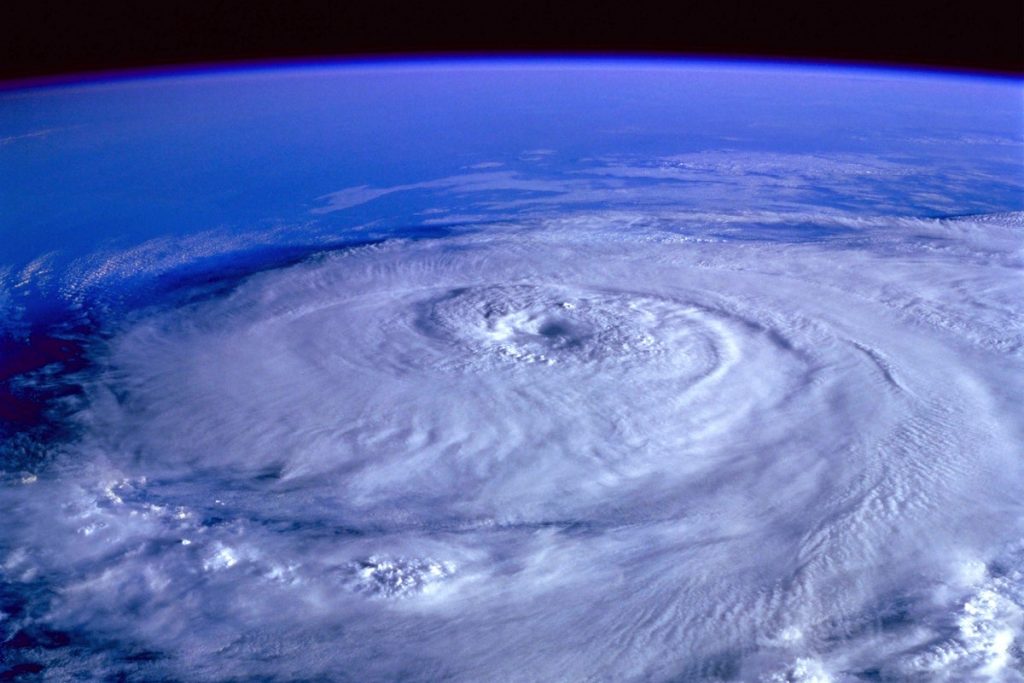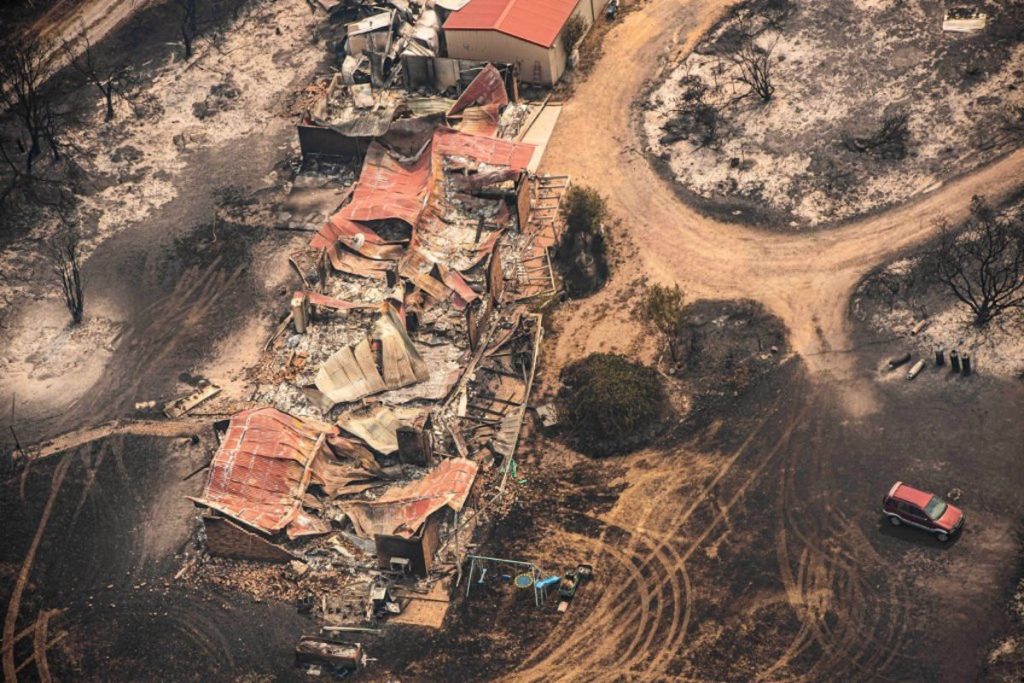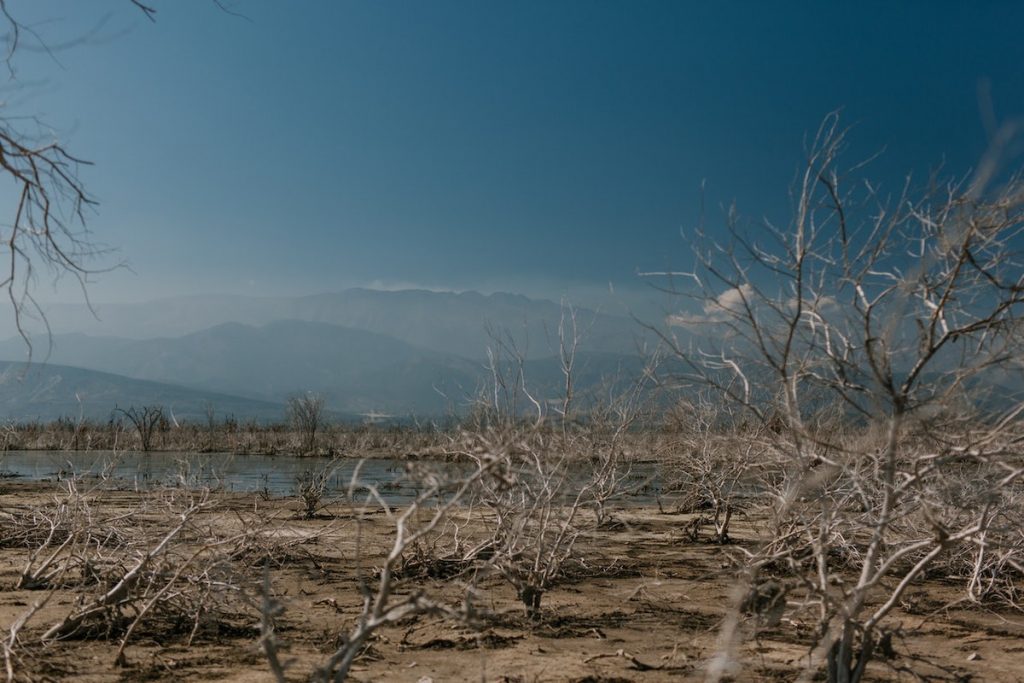Since 1950, the intensity, frequency and duration of heatwaves have increased over Australia and at an accelerating rate in recent decades.
Wintertime cold extremes are often associated with cold air outbreaks which cause frosts, and remain a very significant problem for human health and agriculture.
Australian weather can be characterised as a series of migratory anticyclones, each separated by a cold front or low-pressure system. Anticyclones dominate the climate of some regions and are the building blocks of both heatwaves and cold air outbreaks. How feedbacks amplify average conditions to extreme conditions under anticyclonic conditions is far from clear.
We will develop an understanding of these processes and mechanisms to improve how they are represented in ACCESS. The aim of Research Program 2 is:

To explain the physical mechanisms controlling the frequency, intensity and duration of heatwaves and cold air outbreaks in Australia in order to improve the skill of models in predicting their behavior.
Image (right): Hay Plain sunset by Tim J Keegan (CC BY-SA 2.0).
We will undertake four related projects:
- Project 2.1: How do tropical and midlatitude weather systems affect Australian heatwaves?
- Project 2.2: How do land processes amplify the magnitude, duration and intensity of heatwaves in Australia?
- Project 2.3: Can we attribute changes in heatwaves to anthropogenic influence and what are the associated physical processes?
- Project 2.4: What processes determine the predictability of marine heatwaves in the Australian region?





